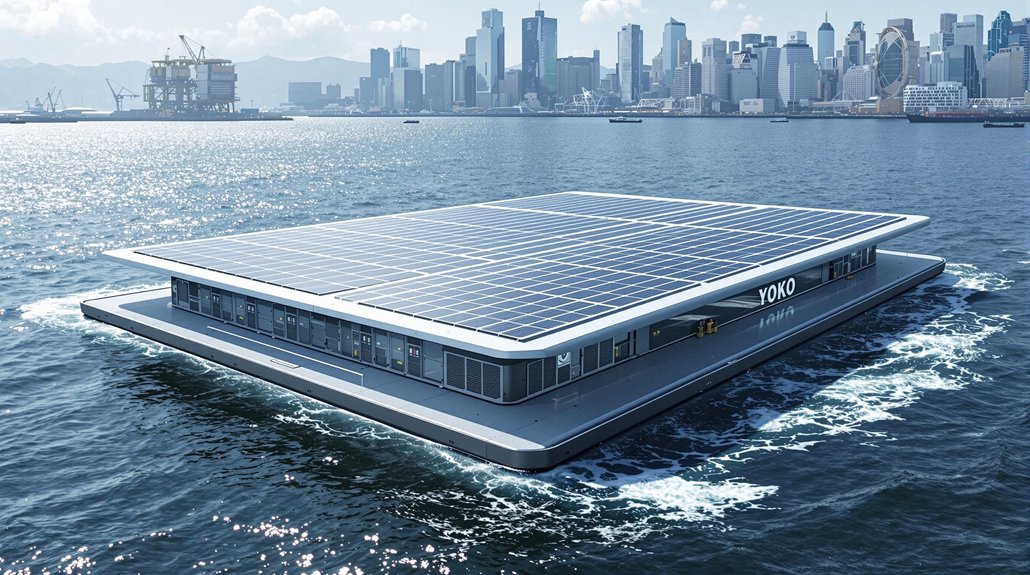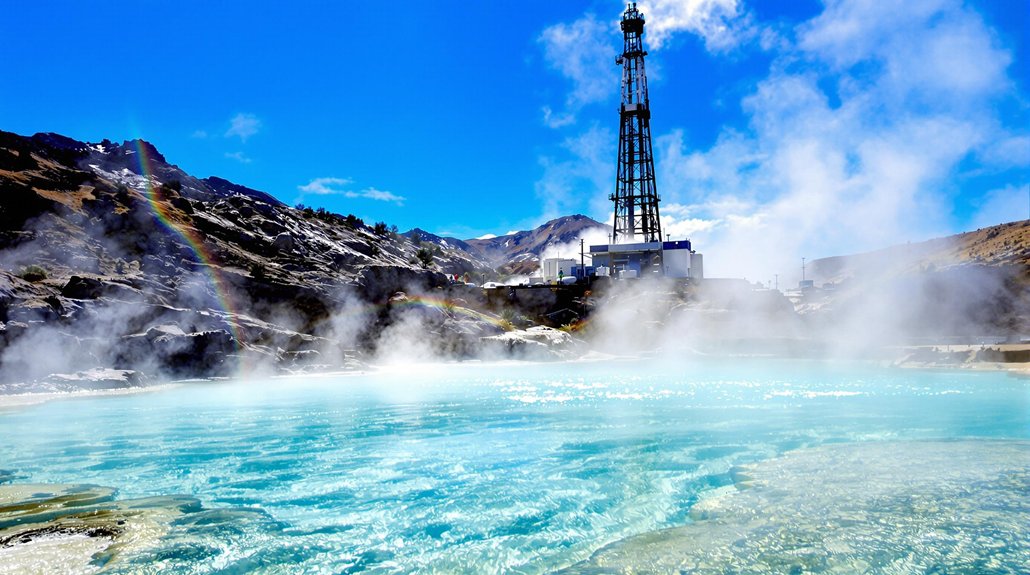Japan’s first floating data center has launched off Yokohama’s coast. The project, developed by a consortium including NYK Line and NTT Facilities, will operate entirely on clean energy from solar panels installed on the 25-meter by 80-meter platform. Located at Osanbashi Pier, operations will begin in autumn 2025. The floating structure addresses land scarcity while providing disaster resilience. This innovative approach may reshape how coastal cities meet digital infrastructure needs.
As Japan faces growing land scarcity challenges, a groundbreaking solution is taking shape off the coast of Yokohama. A consortium of major companies including NYK Line, NTT Facilities, Eurus Energy Holdings, and MUFG Bank has launched plans for Japan’s first floating data center. This innovative facility will be located at Yokohama’s Osanbashi Pier in Kanagawa Prefecture on a 25-meter by 80-meter floating platform.
Set to begin operations in autumn 2025, the project aims to showcase how coastal regions can embrace renewable energy solutions. The data center will operate entirely on clean energy, with solar panels installed directly on the mini-float platform serving as the primary power source. Battery Energy Storage Systems will store excess energy to guarantee a stable electricity supply even when the sun isn’t shining.
The floating structure offers multiple advantages beyond just solving land shortage problems. It’s designed to withstand harsh marine conditions, including salt damage, while maintaining stable operations. The platform has been specifically designed as a disaster countermeasure to maintain data center operations during emergencies.
Perhaps most importantly, the facility will operate with zero greenhouse gas emissions, aligning perfectly with Japan’s carbon neutrality goals. The project represents a collaborative partnership with Yokohama city to create a model for sustainable data center operations.
This project couldn’t come at a better time. With digital transformation accelerating across industries, the demand for data centers continues to grow rapidly. The floating data center also provides disaster resilience, as it can function independently from onshore power grids during emergencies. Unlike weather-dependent renewables, the center’s design ensures a 96% capacity factor similar to what geothermal energy achieves in continuous operation.
Despite its promising outlook, the project faces several challenges. Construction and maintenance costs for floating platforms are high, and the limited surface area may restrict solar power generation. The salty environment also presents durability concerns for sensitive equipment.
If successful, this innovative approach could spark similar developments worldwide. Future plans include integrating offshore wind power as an additional energy source, further enhancing the facility’s renewable credentials.
The project represents a bold step toward addressing both Japan’s digital infrastructure needs and its environmental commitments, potentially creating a new model for coastal cities globally facing similar land and energy challenges.








